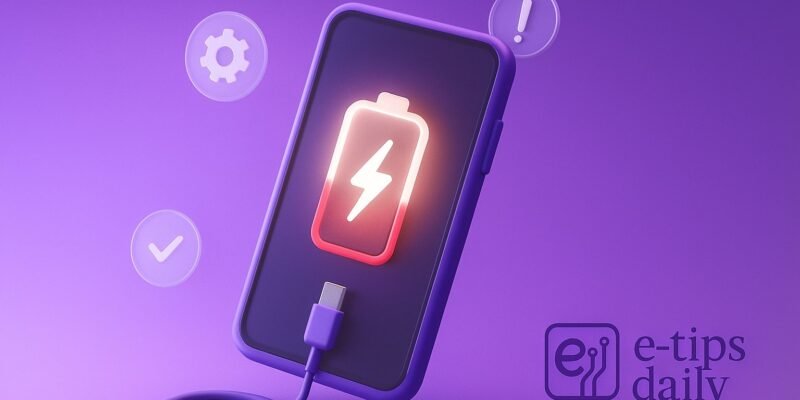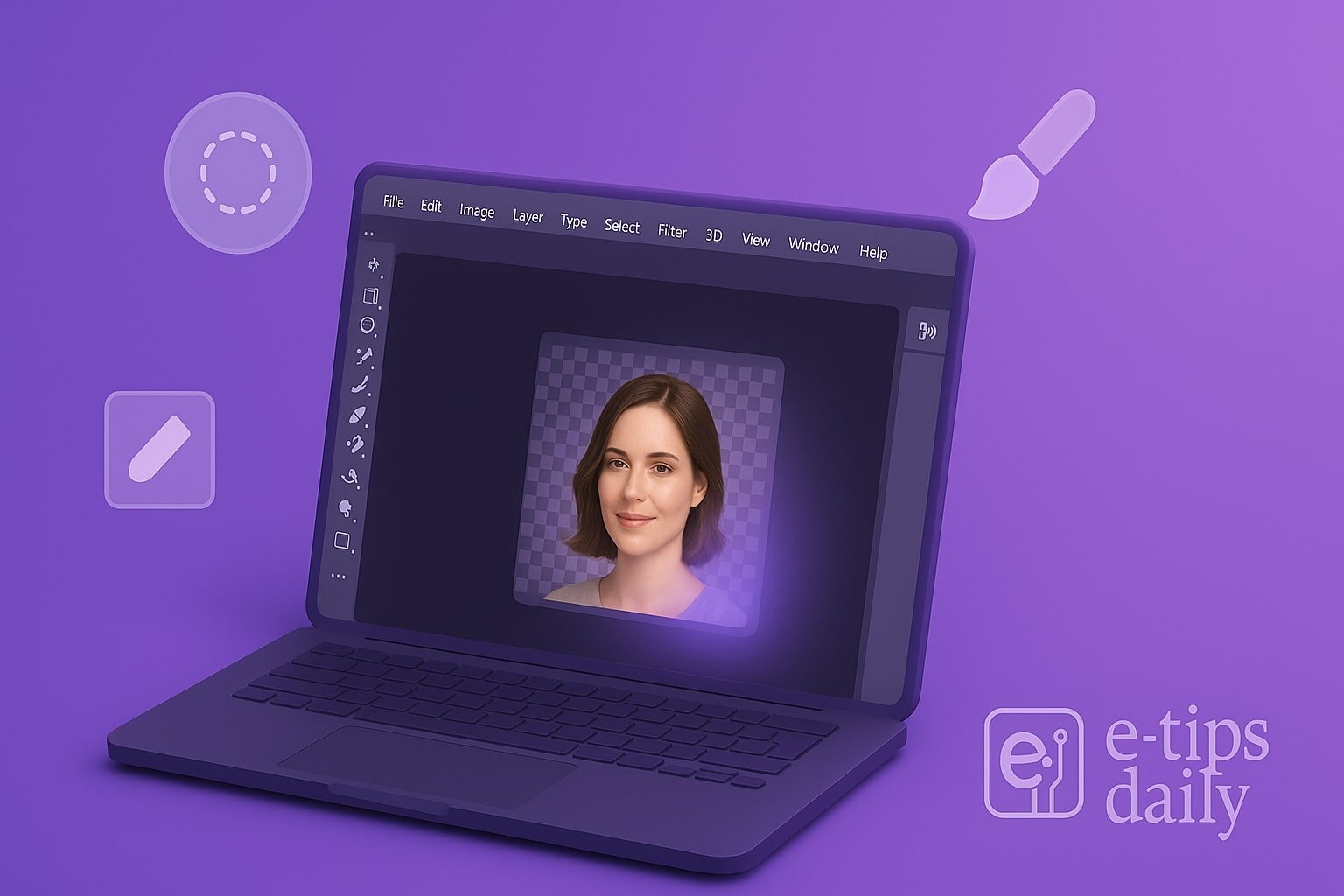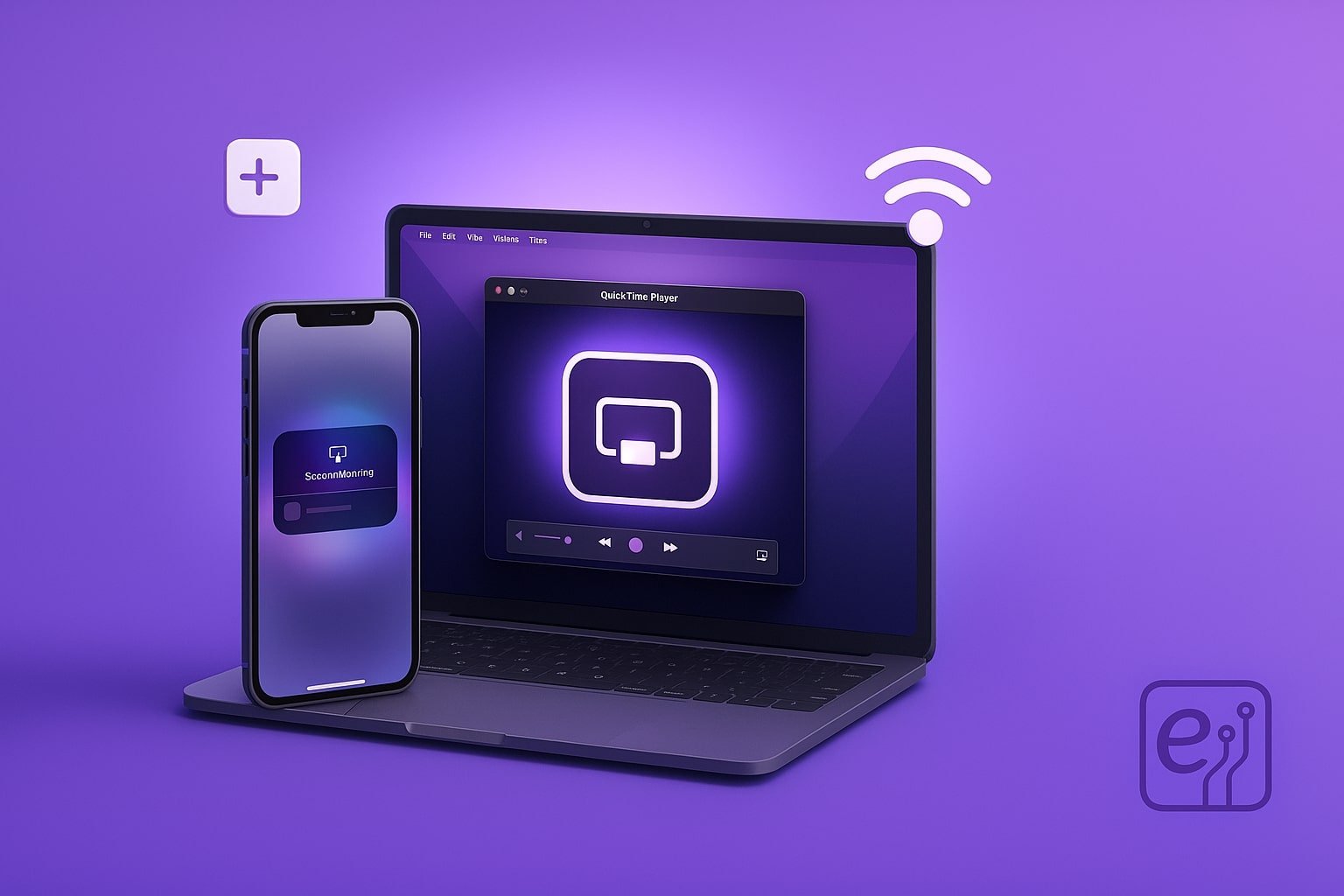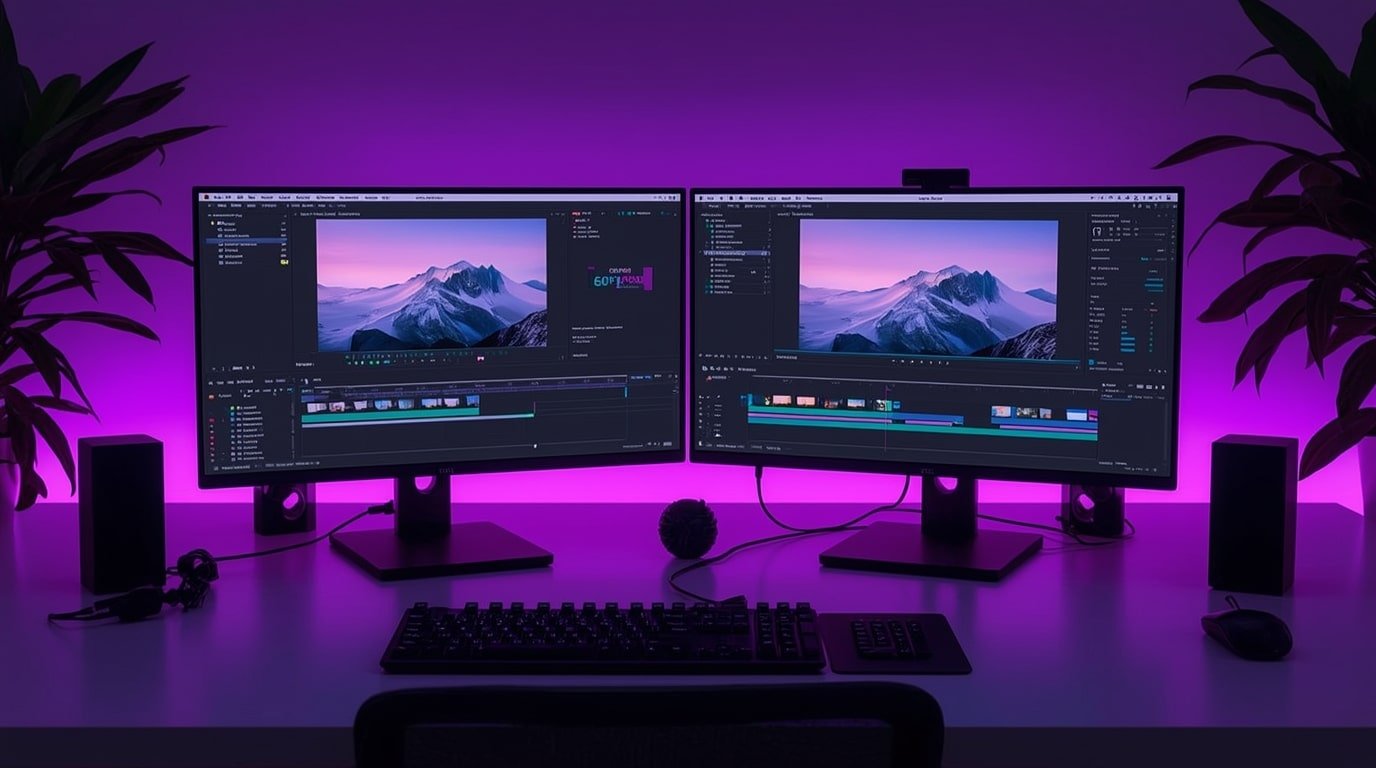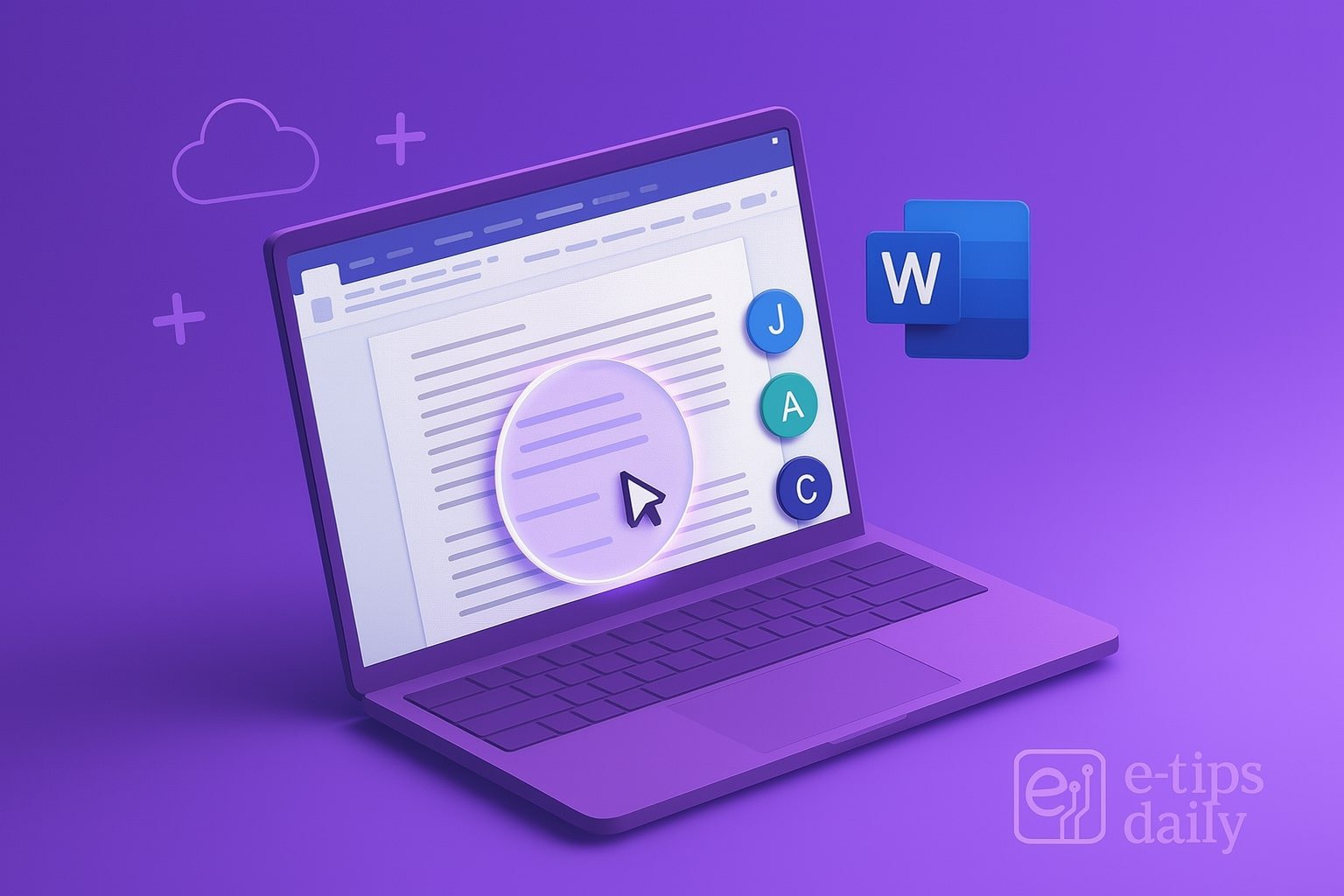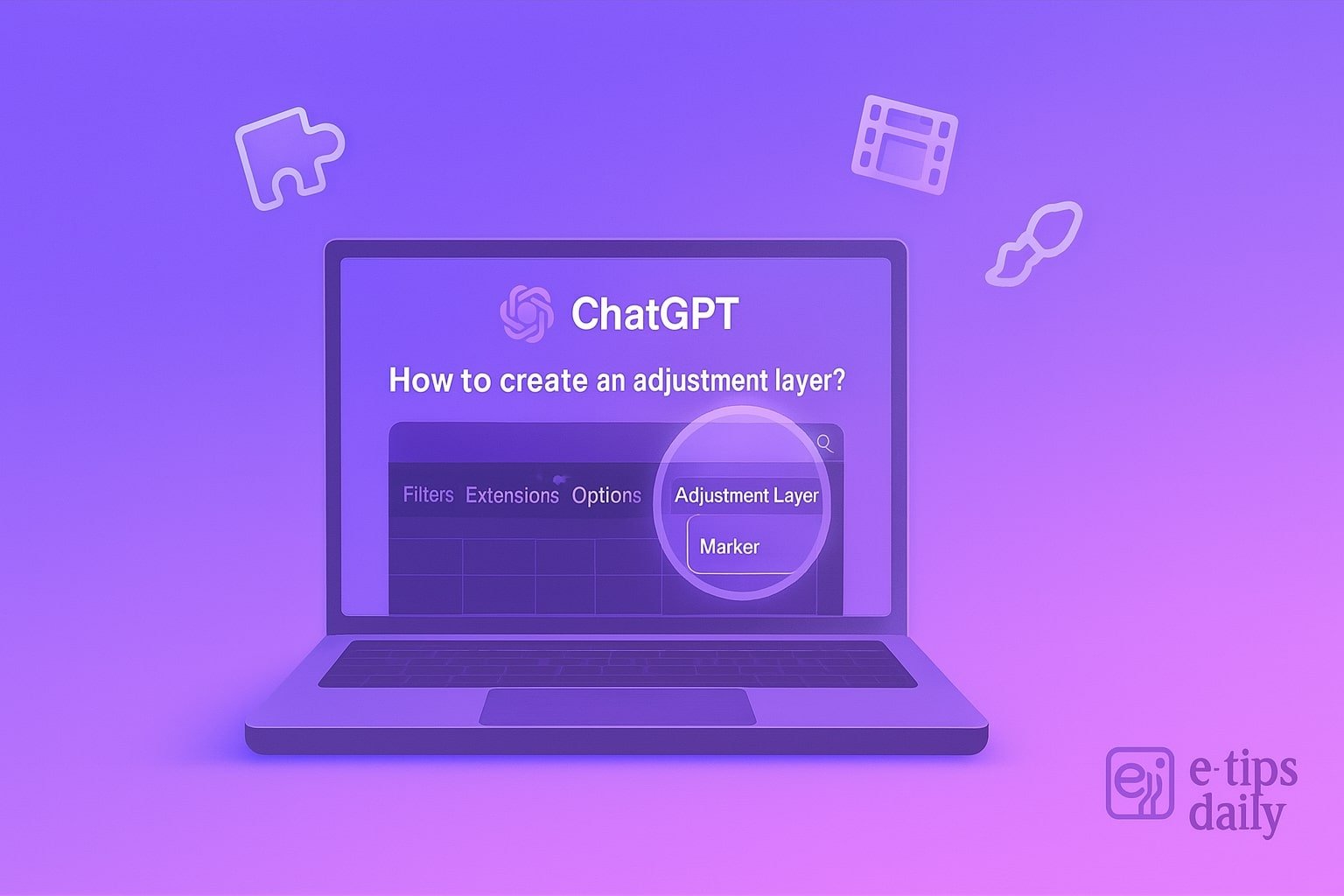When your Android phone stops charging properly, it can quickly disrupt your routine. Whether it’s charging slowly, not charging at all, or disconnecting randomly, these issues can be both annoying and concerning.
The good news? Most charging problems can be fixed at home without a trip to the service center. In this guide, you’ll learn exactly how to diagnose and fix Android charging issues — from simple cable swaps to deeper software resets.
Want to make money with from your phone? Check our guide for making money online.
Let’s get your device back to full power.
Step-by-Step Guide: Fix Android Not Charging Properly
1. Inspect the Charging Cable and Adapter
- Try a different cable and adapter that are known to work with another device.
- Look for frayed, bent, or exposed wires.
- USB-C connectors should click into place firmly — no wiggle.
2. Check the Power Source
- Plug into a wall outlet instead of a laptop or car charger.
- Avoid using power strips with heavy load; try a direct socket.
3. Clean the Charging Port
- Use a toothpick or soft brush to gently remove dust or lint.
- Avoid metal tools that can damage the port.
- Use a flashlight to check for debris or corrosion.
4. Restart Your Phone
- Press and hold the power button and choose Restart.
- If unresponsive, hold Power + Volume Down for 10–15 seconds to force a reboot.
5. Enable Safe Mode
- Boot into Safe Mode to check if third-party apps are interfering:
- Hold the power button > tap and hold Power off > tap OK when prompted to reboot into Safe Mode.
- Try charging again — if it works, an app is likely causing the problem.
6. Check Battery Health (If Available)
- On some phones (like Samsung or OnePlus), go to:
- Settings > Battery > Device Care or Battery Health.
- Consider using third-party apps like AccuBattery to get a health estimate.
7. Look for Software Updates
- Go to Settings > System > Software Update.
- Install any pending updates that may fix charging bugs or power management issues.
8. Reset USB Settings
- Navigate to:
- Settings > Apps > Show system apps > USB Settings > Storage > Clear Cache and Data.
- Reboot the phone afterward.
9. Use Wireless Charging (if supported)
- Test if the device charges via a Qi wireless charger — this can help rule out port issues.
10. Try Charging While Powered Off
- Power down the phone completely and plug in the charger.
- This helps bypass background processes that could be interfering.
Pro Tips & Workflow Improvements
- Use original chargers whenever possible. Fast-charging may not work with third-party gear.
- Avoid charging during gaming or heavy usage — it slows down the charge and heats up the phone.
- Check charging speeds with apps like Ampere to monitor real-time current.
- Use a battery usage tracker to spot apps draining power abnormally.
Advanced Use Case: Calibrating Your Battery
If your battery percentage jumps around or dies quickly:
- Charge your phone to 100% and let it sit for an extra hour.
- Use it until it shuts off at 0%.
- Charge back to 100% without interruptions.
This helps recalibrate the battery indicator on some Android models.
Troubleshooting & Common Mistakes
- Phone heats up while charging: Remove the case and charge in a cool place.
- Phone says “Charging Slowly”: Switch to the original charger or a higher amp adapter.
- Battery stuck at a certain percentage: Try clearing the cache partition (via Recovery Mode).
- No charging icon: Try toggling USB Preferences under Developer Options.
- Charging only works when the cable is wiggled: Likely a hardware port issue — consider repair.
Conclusion
Charging issues can stem from something as minor as lint in the port or as complex as software conflicts. By following this guide step-by-step, you’ve got a solid shot at restoring proper charging behavior without needing a repair technician.
Practice these fixes and keep a backup cable and charger handy. Ready for more? Check out our guide on battery-saving tips for Android to extend your daily usage even further.
